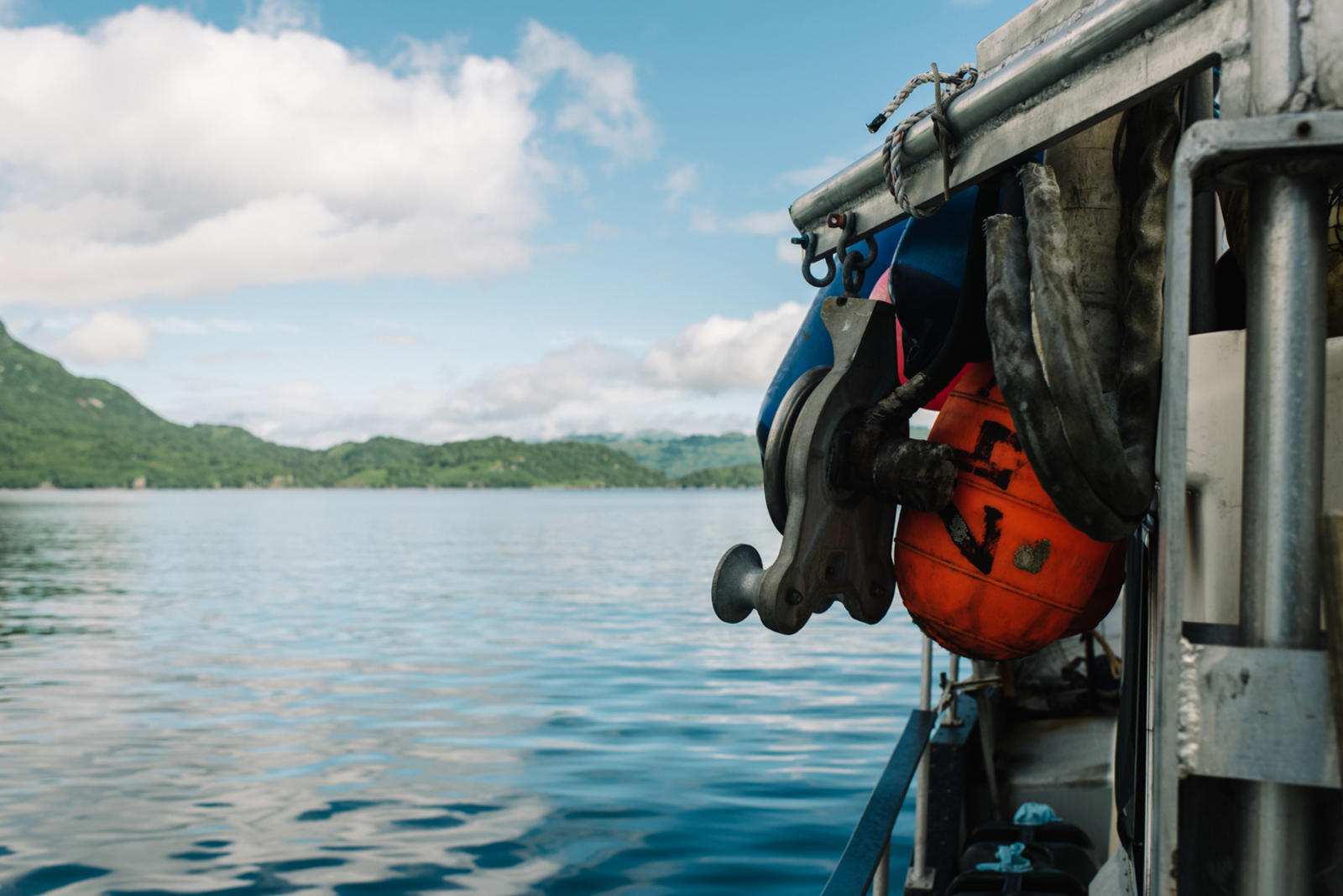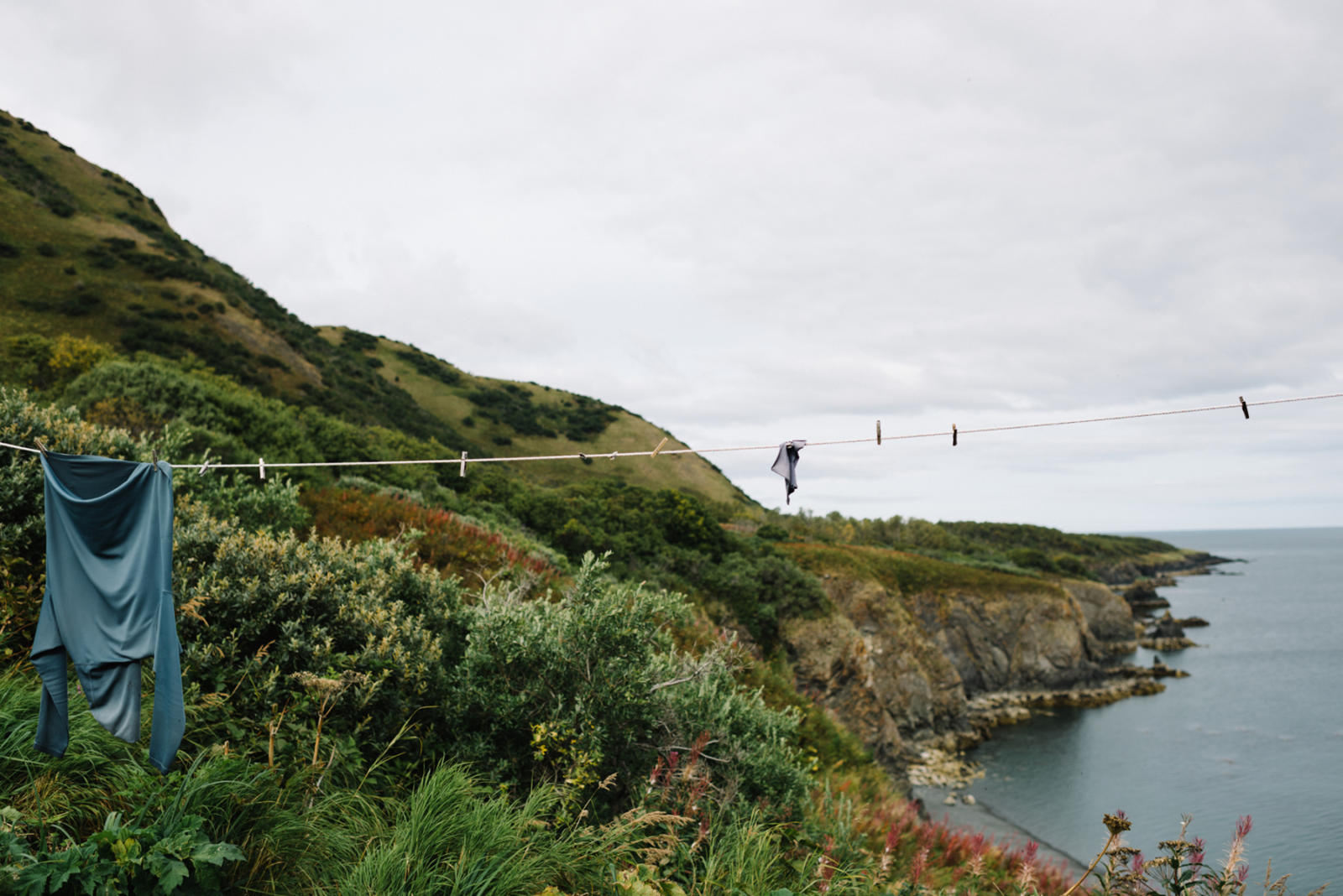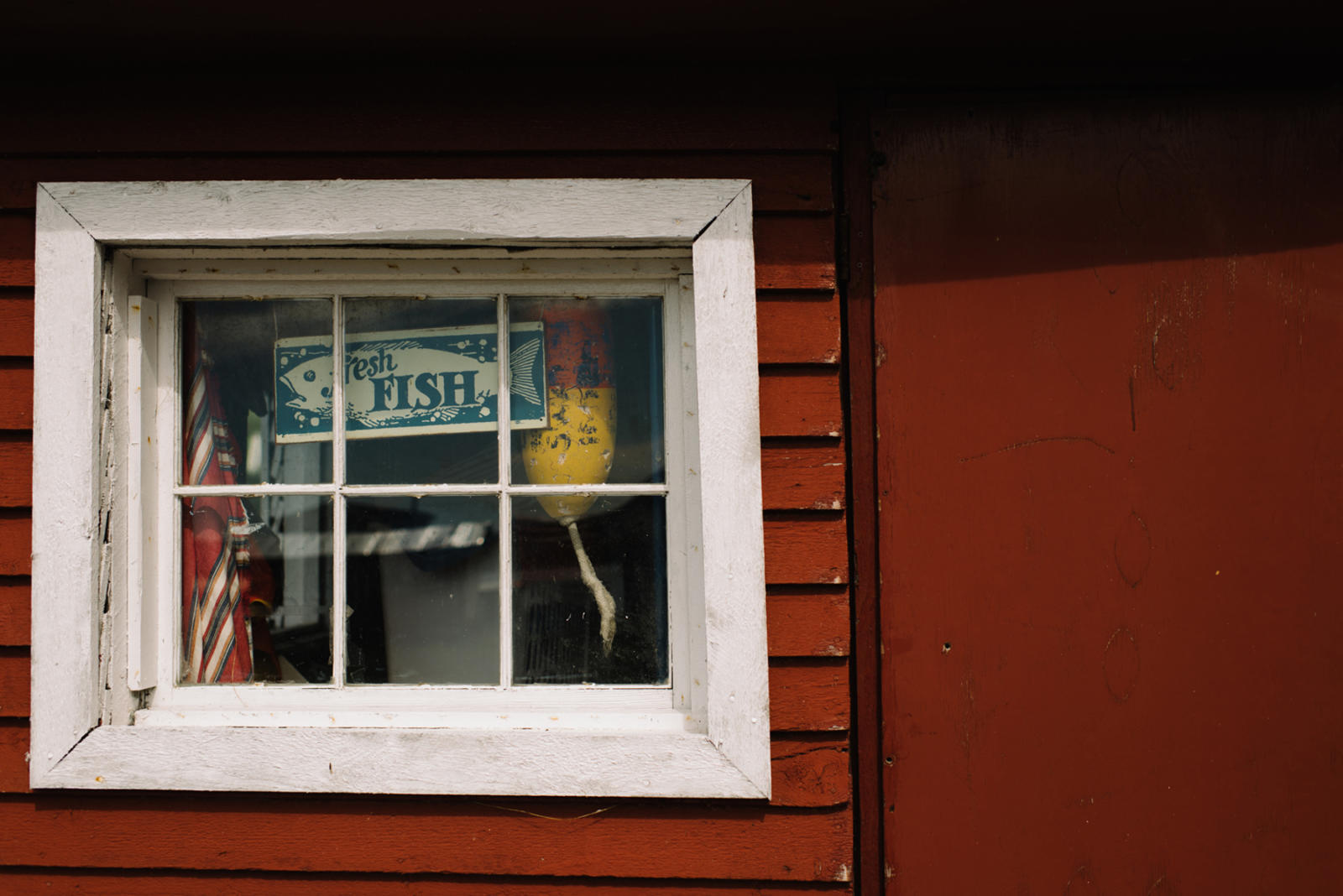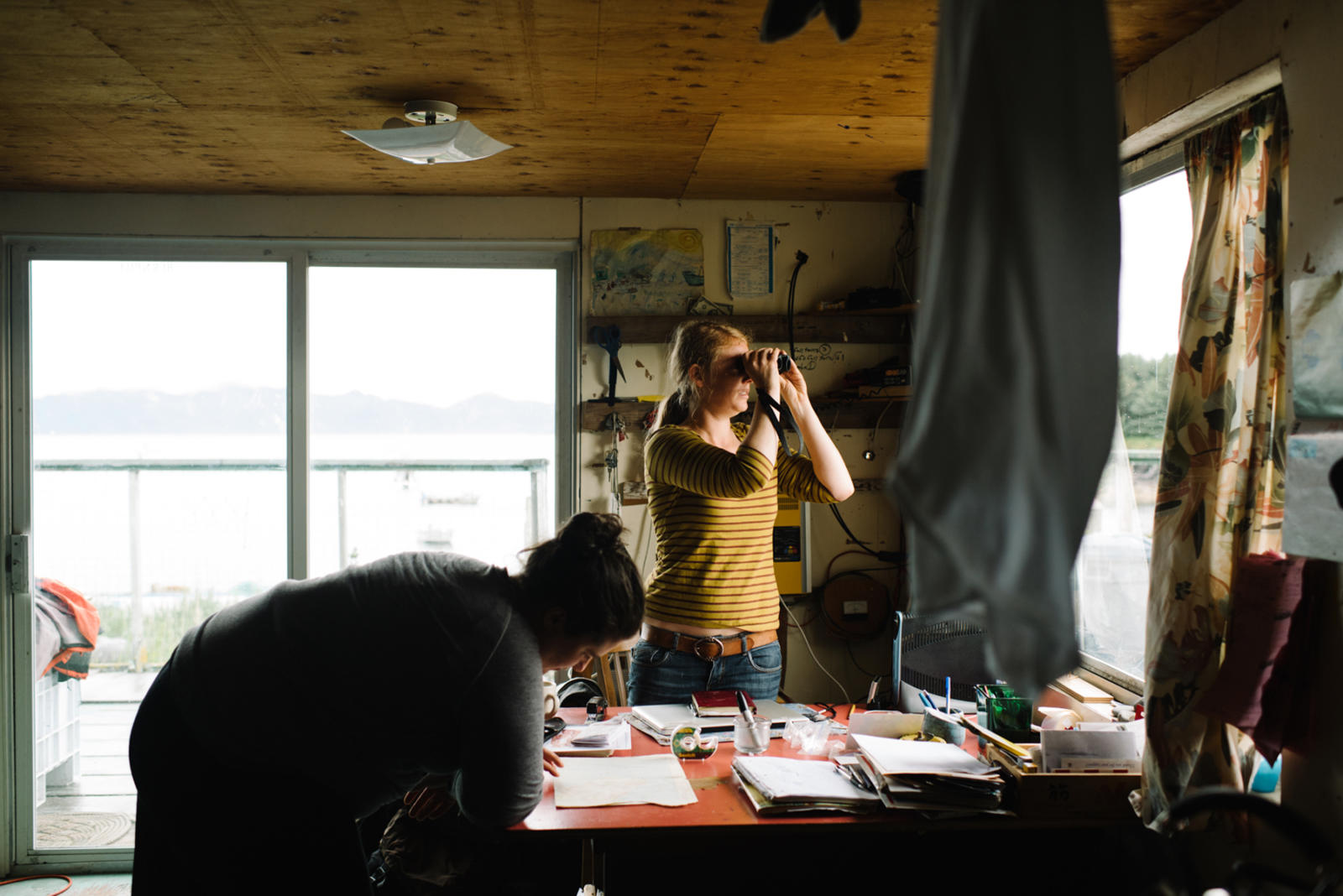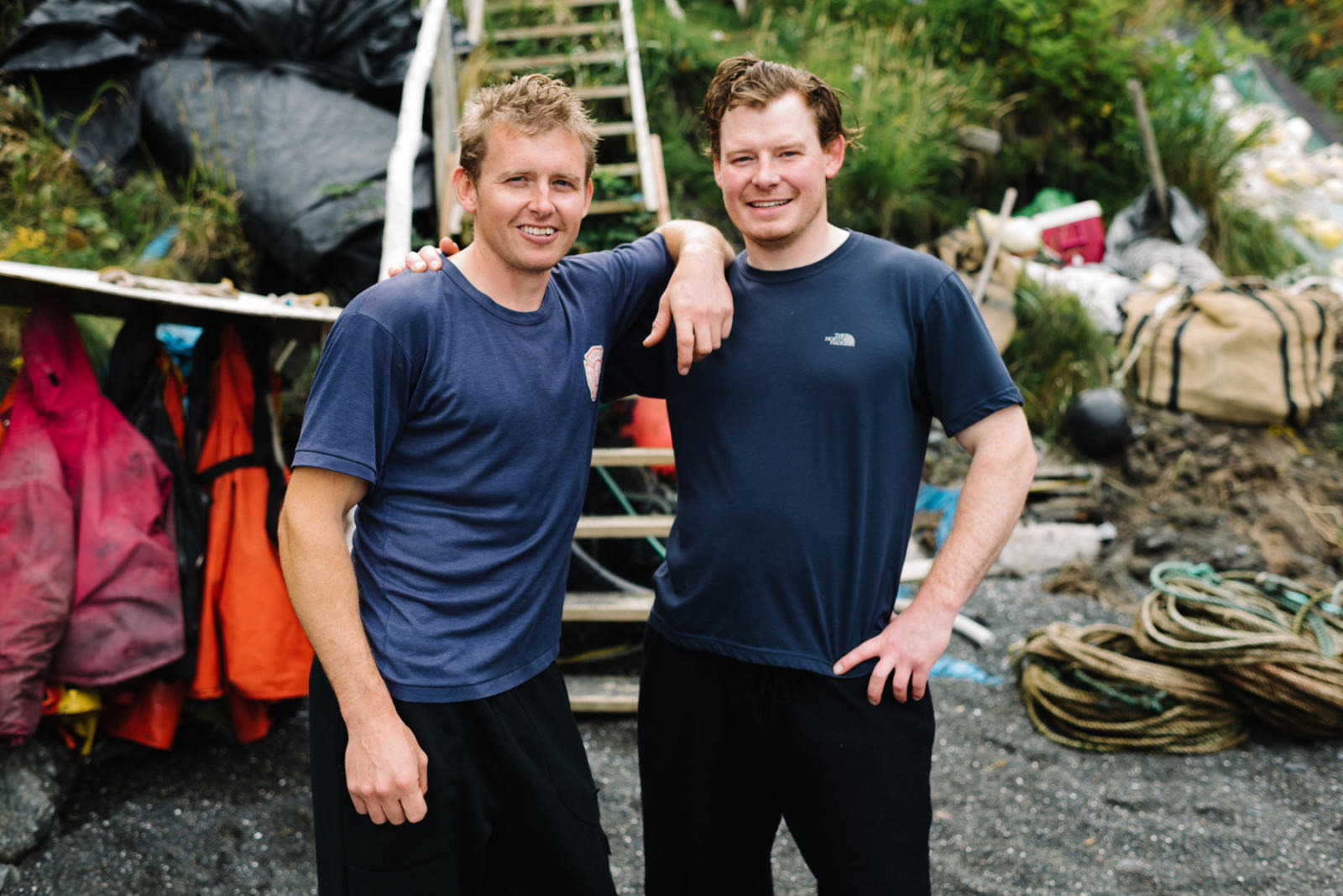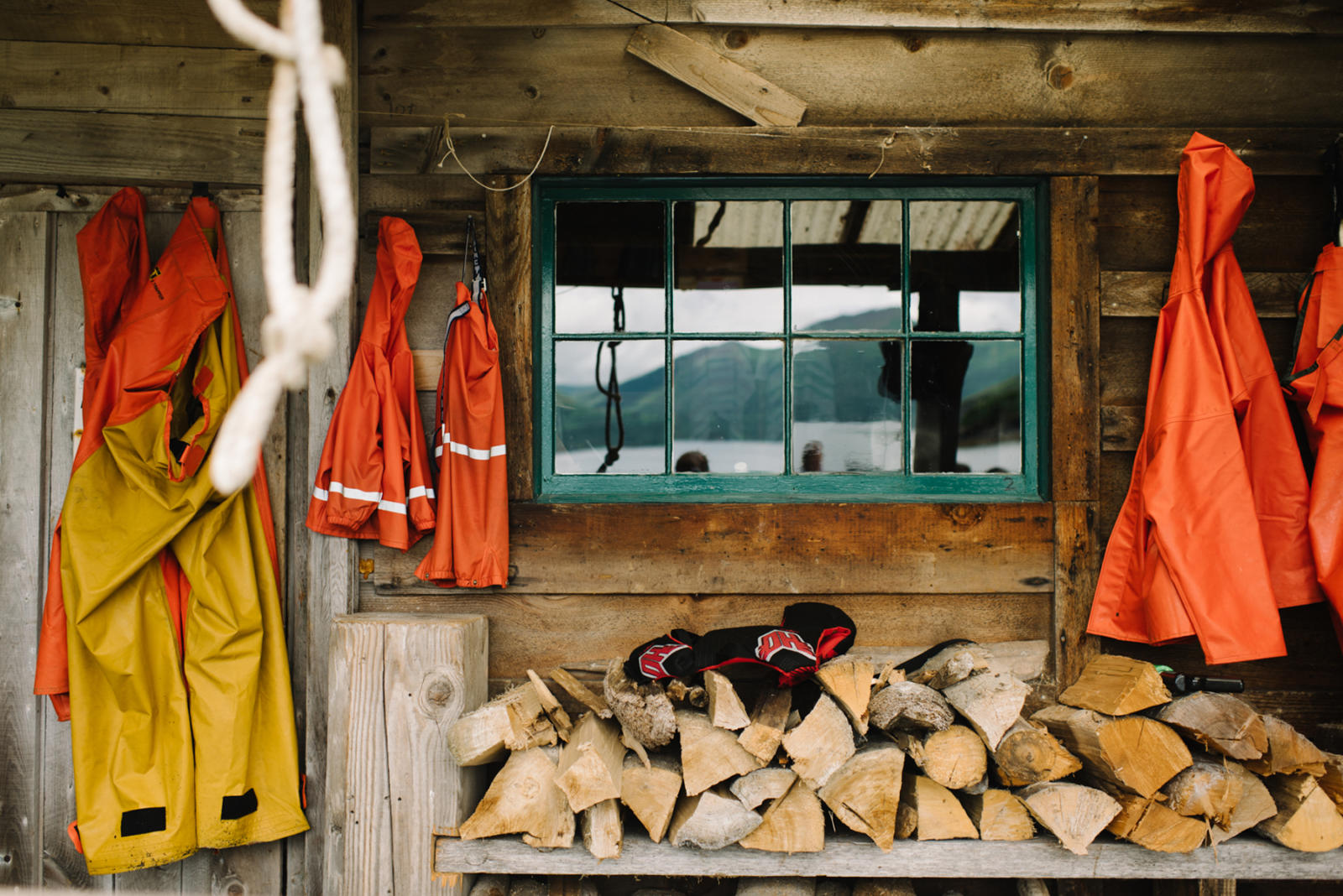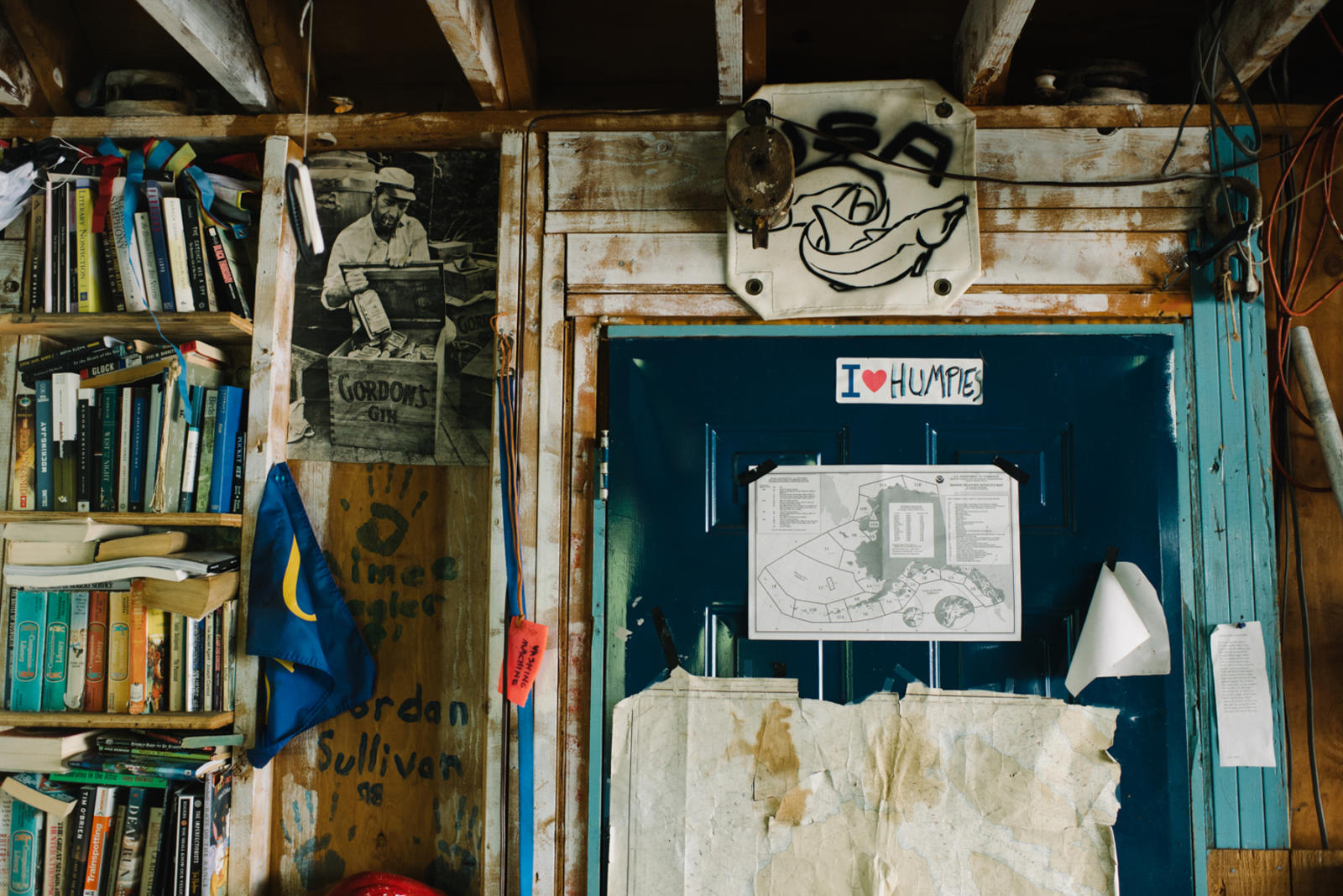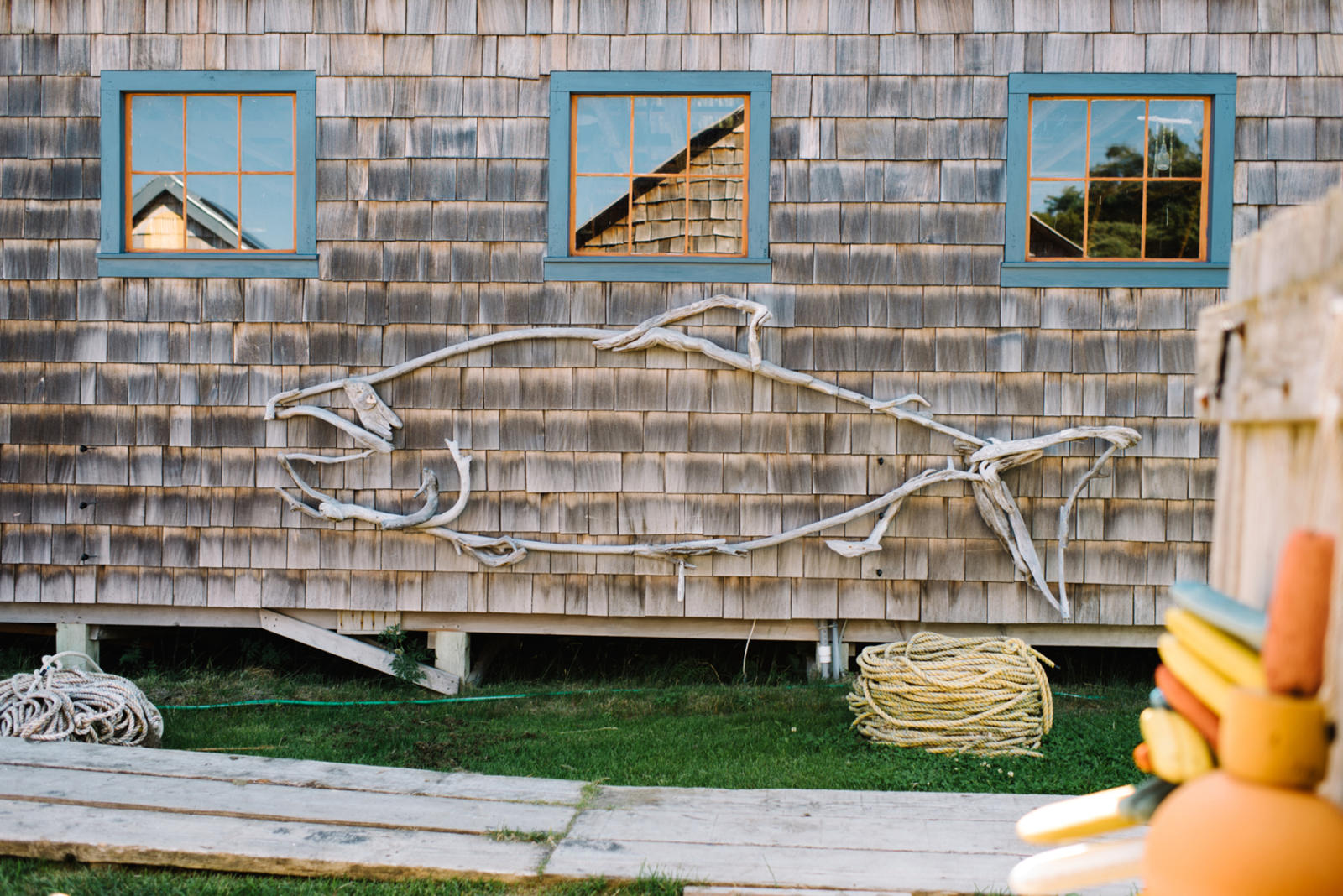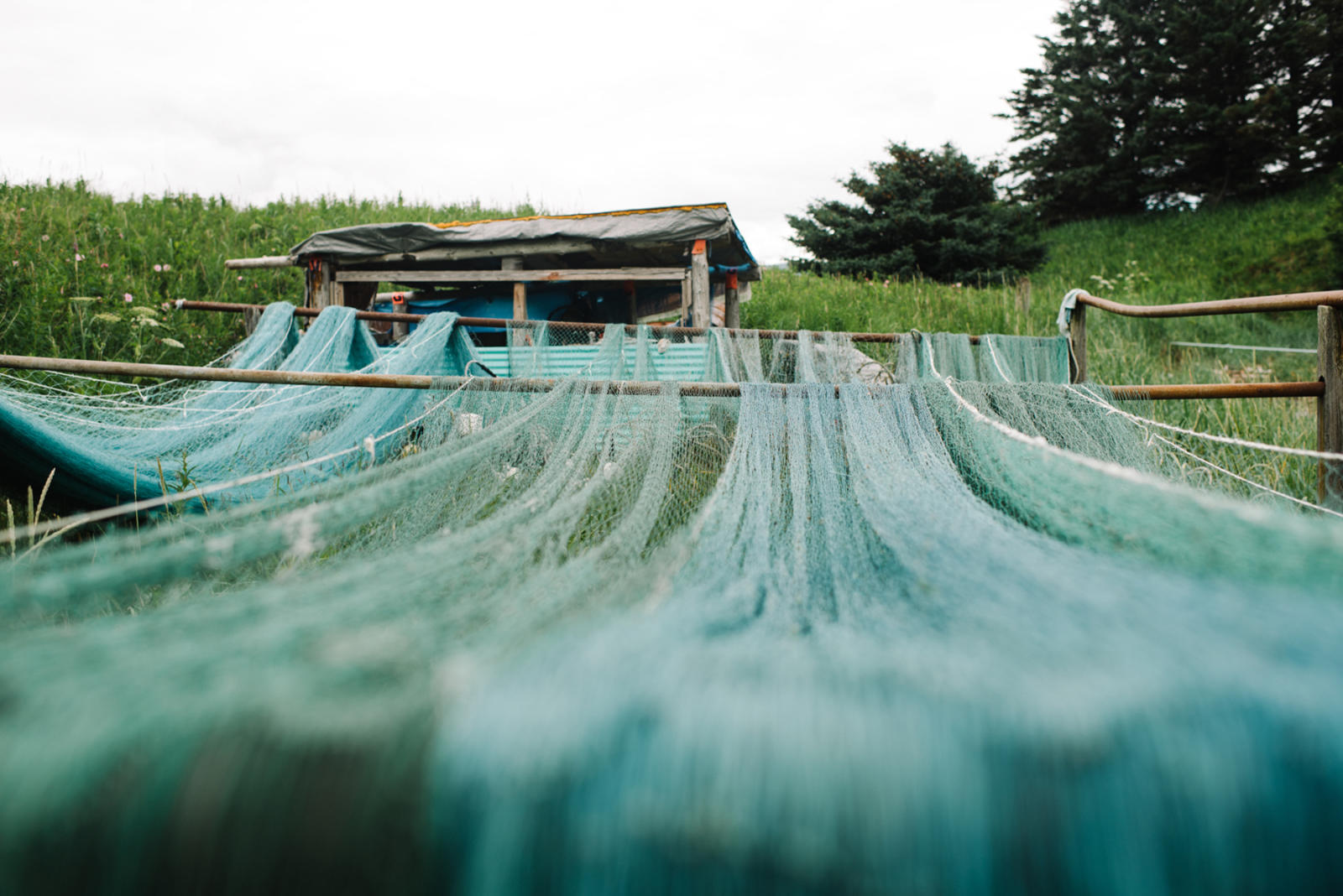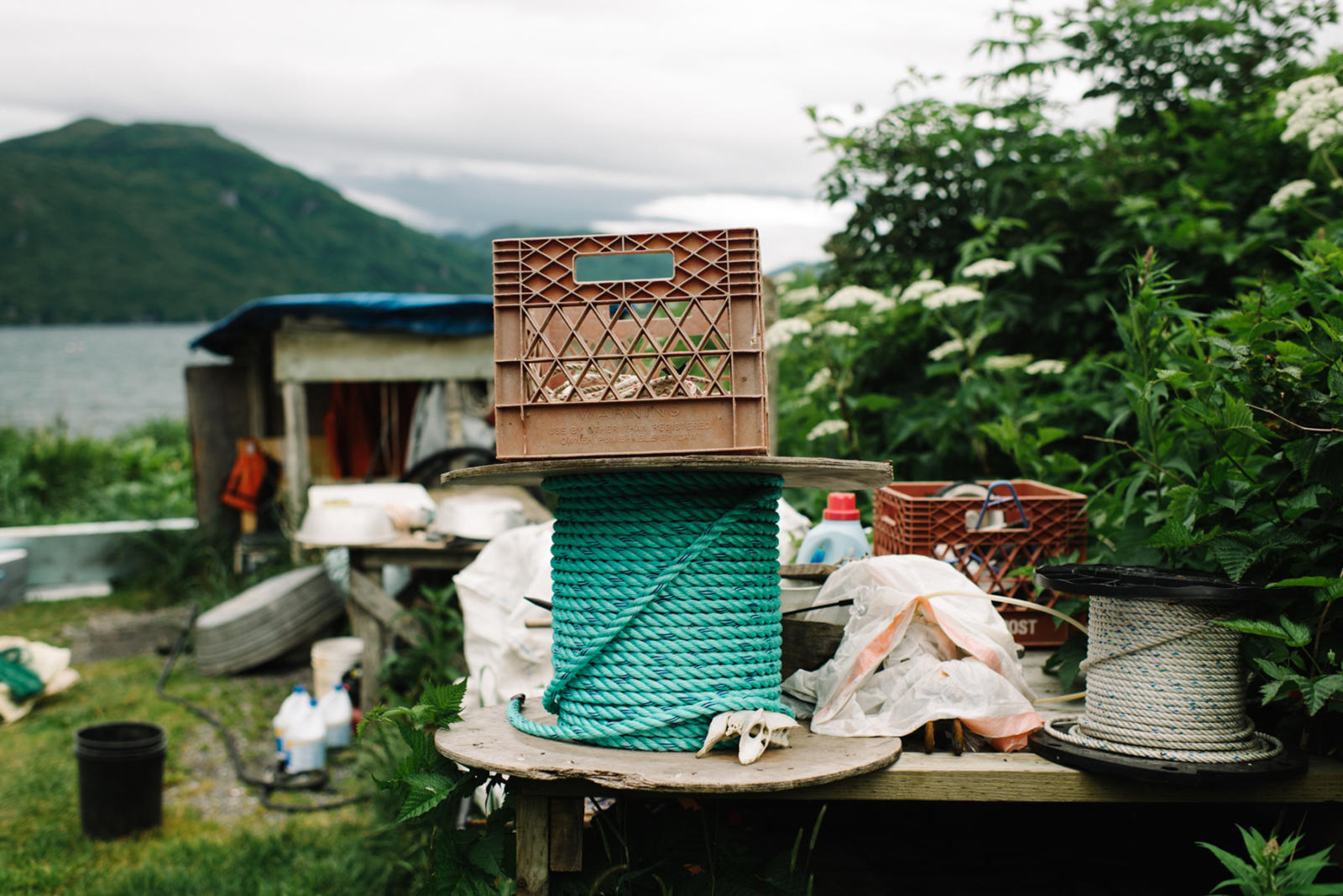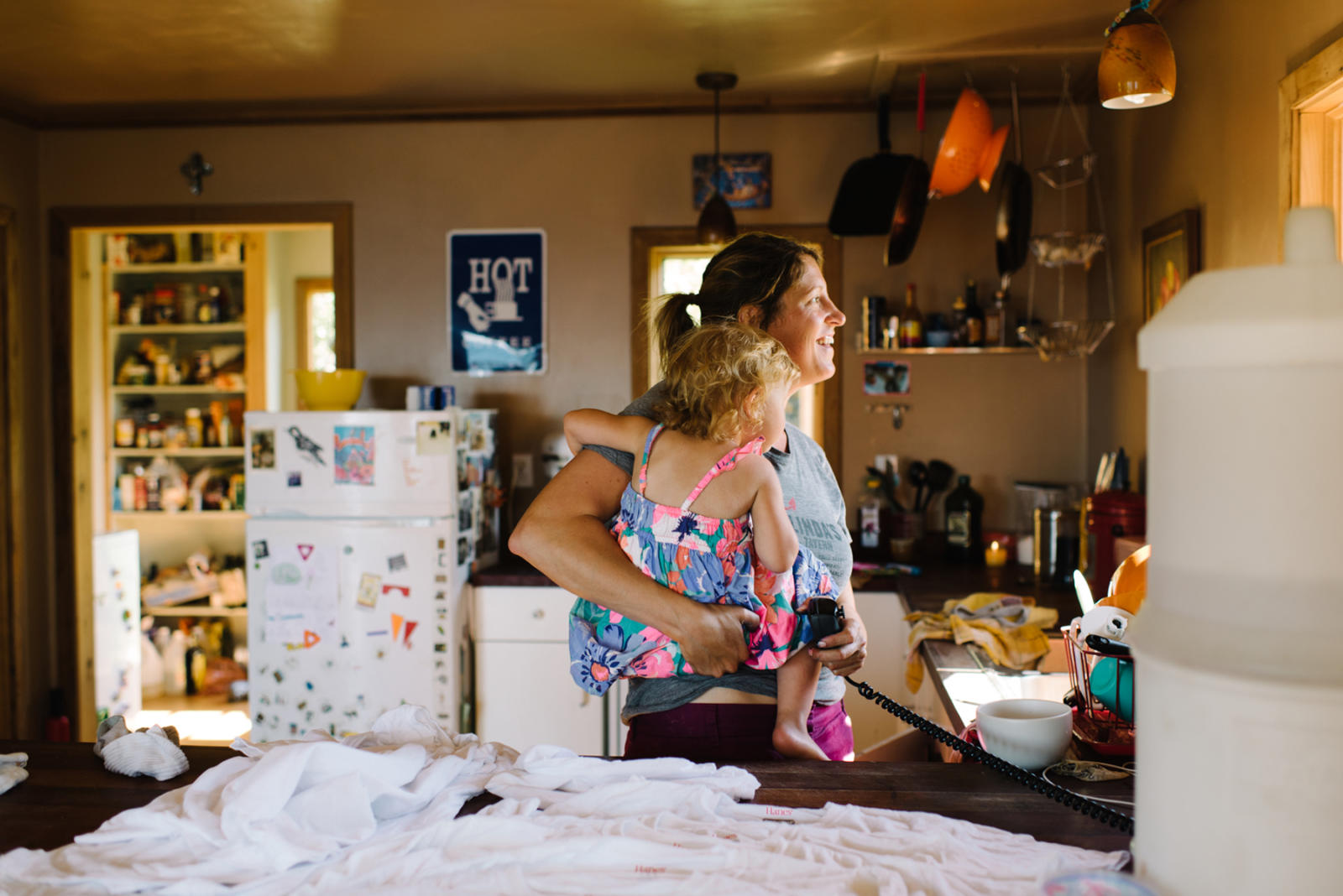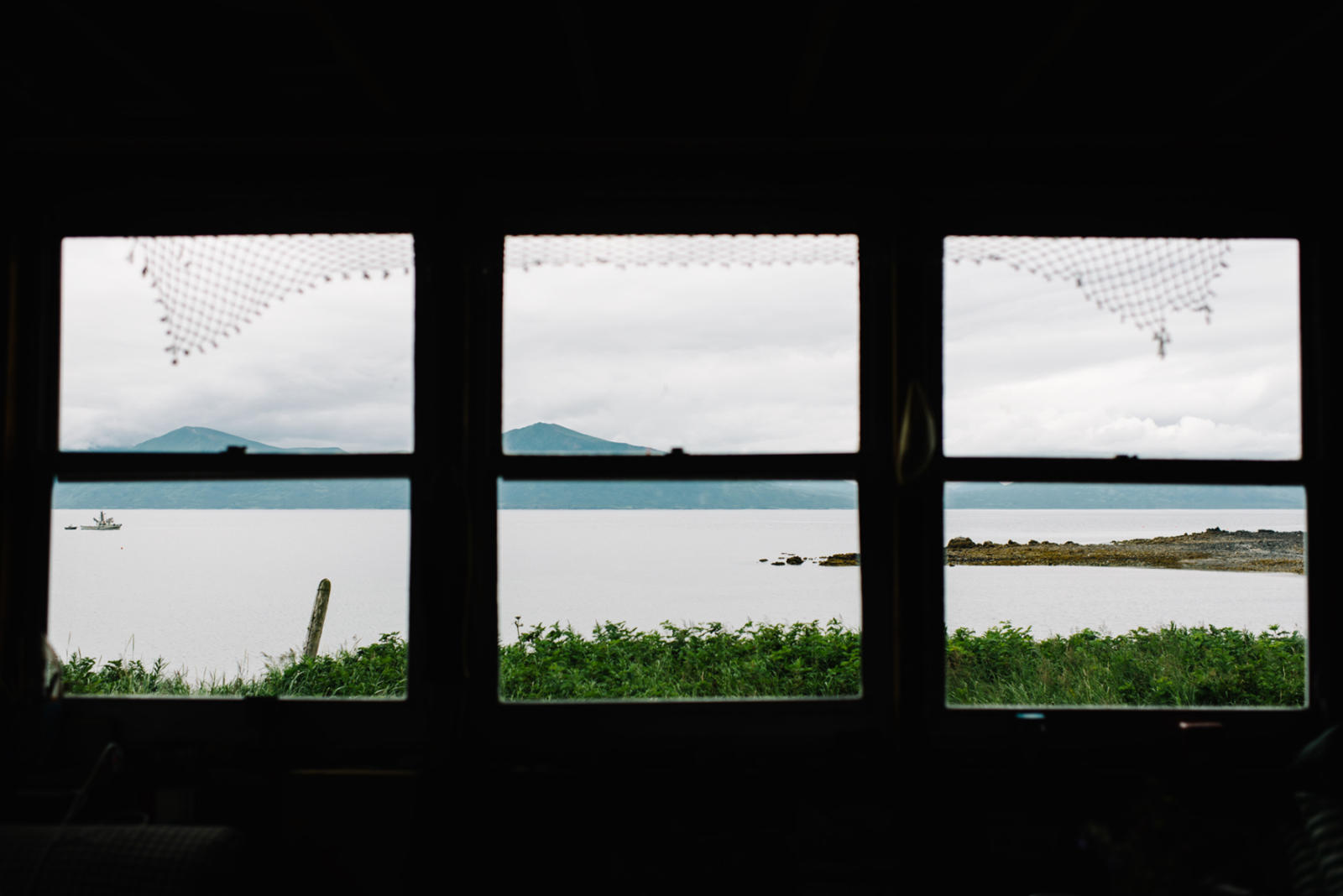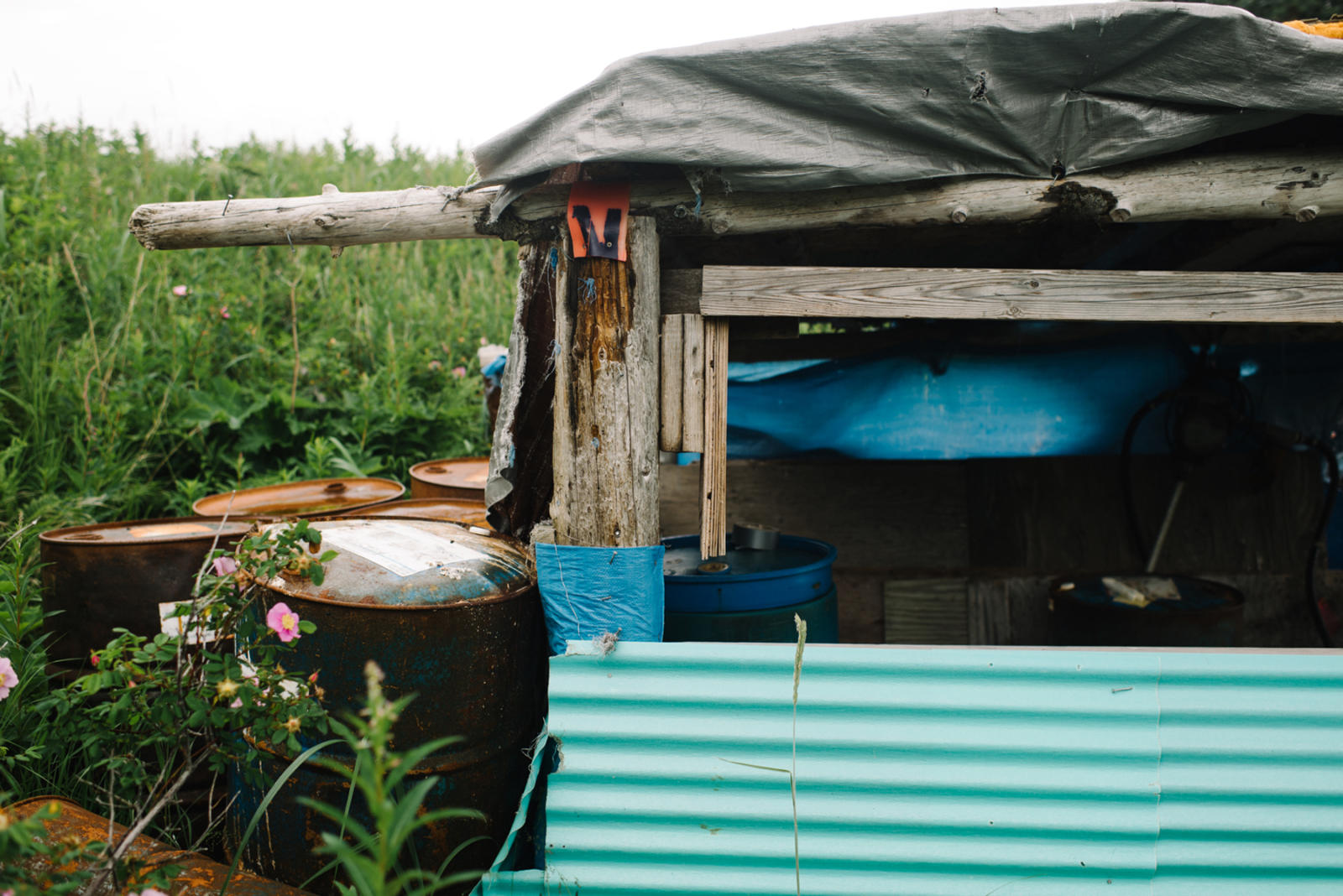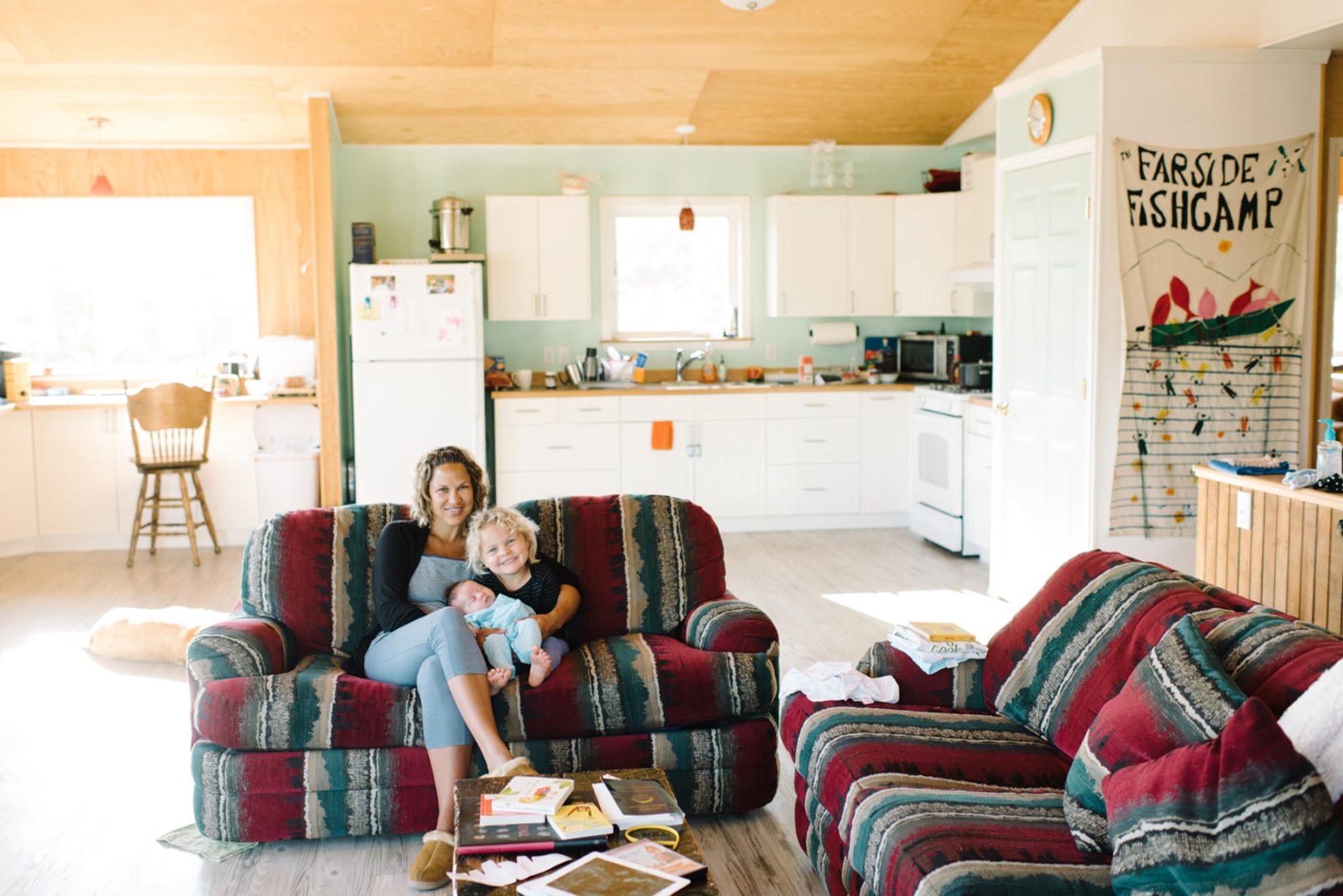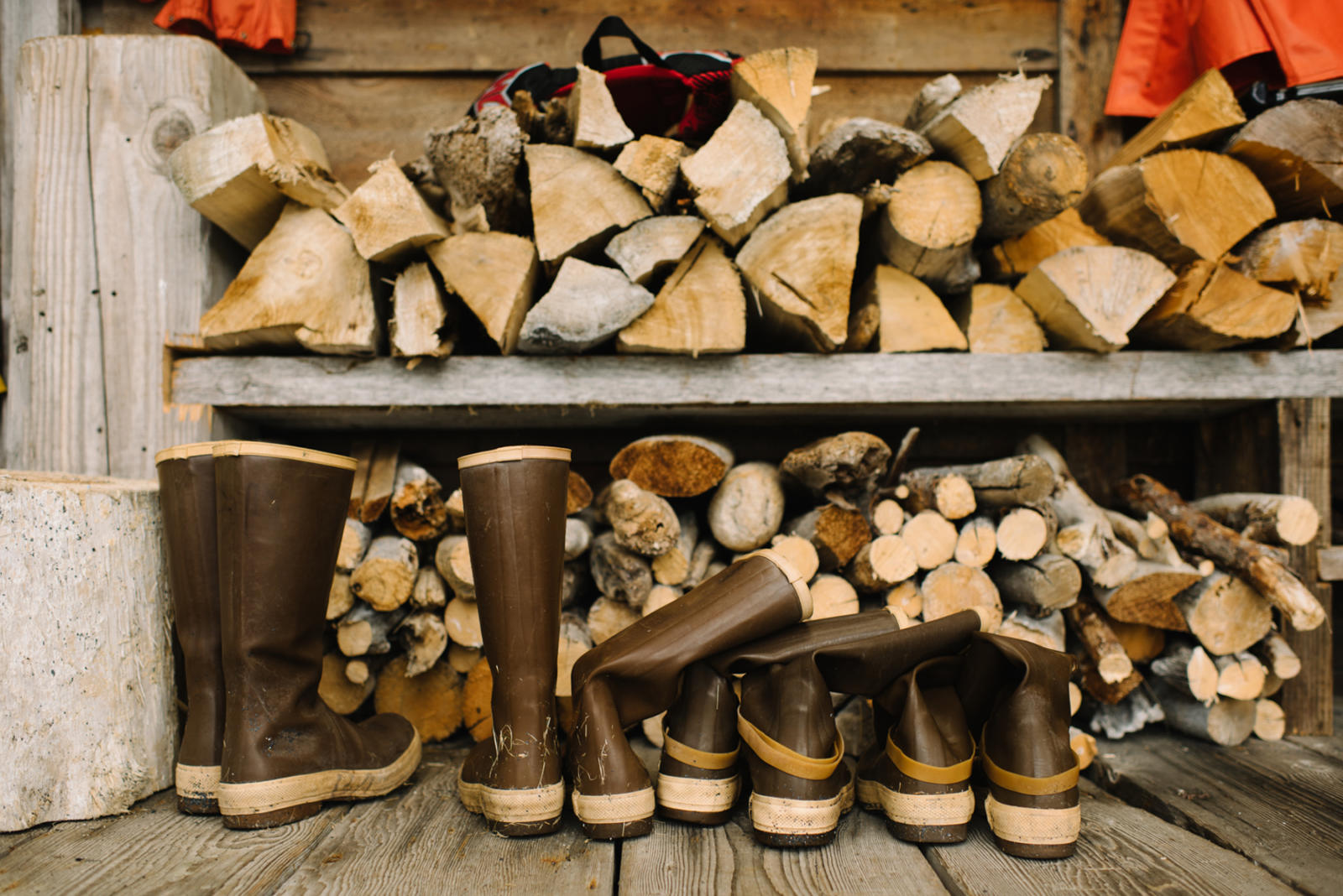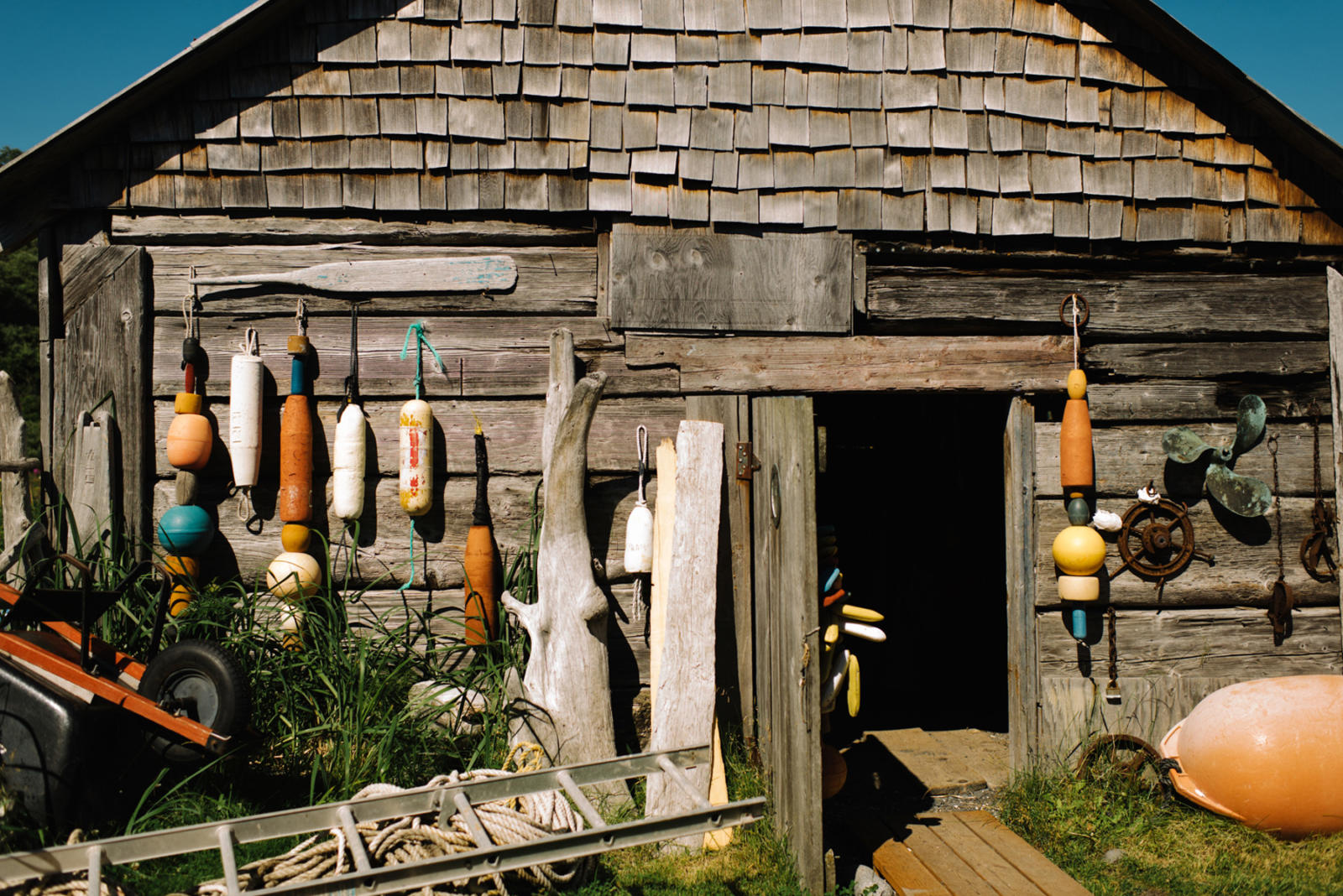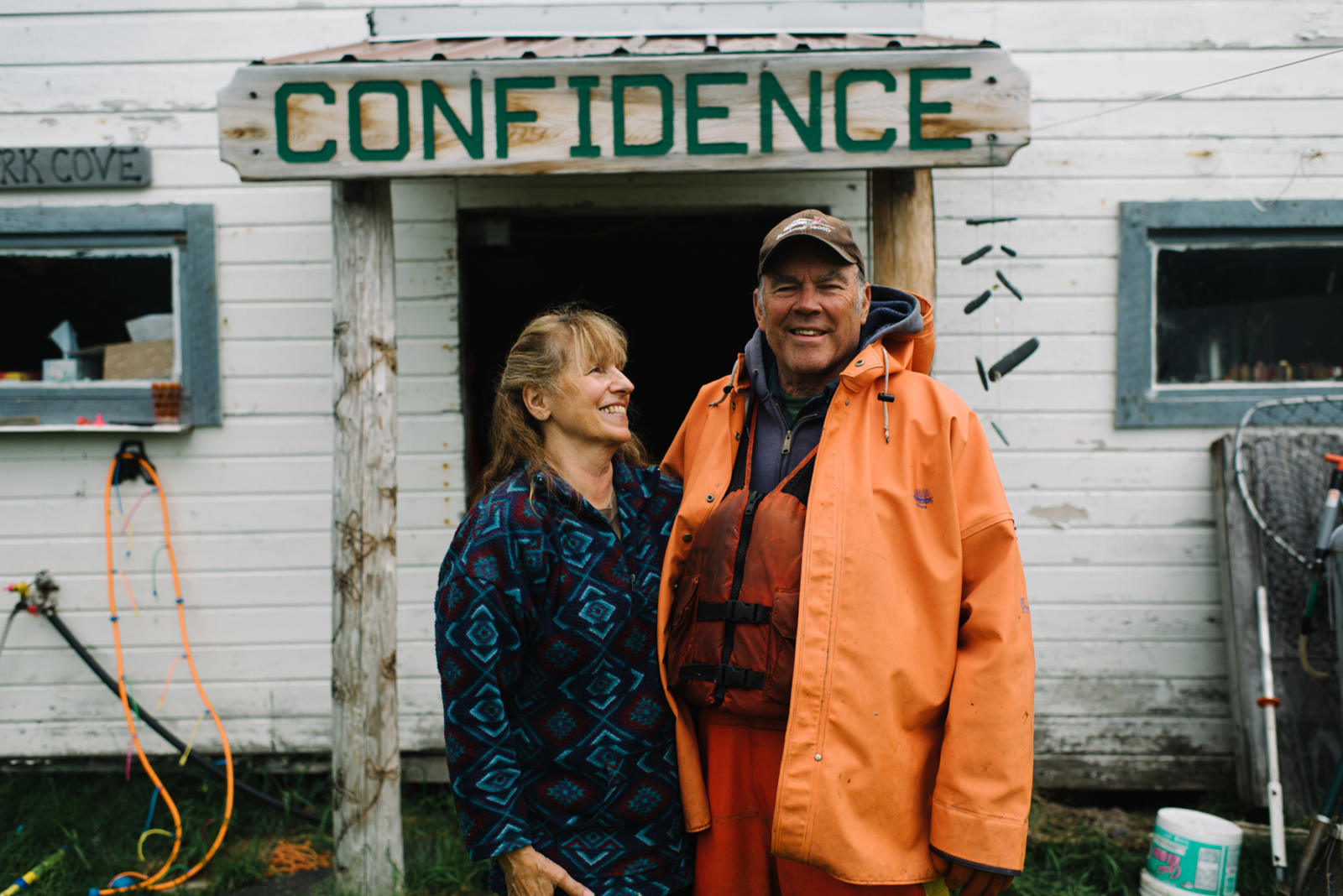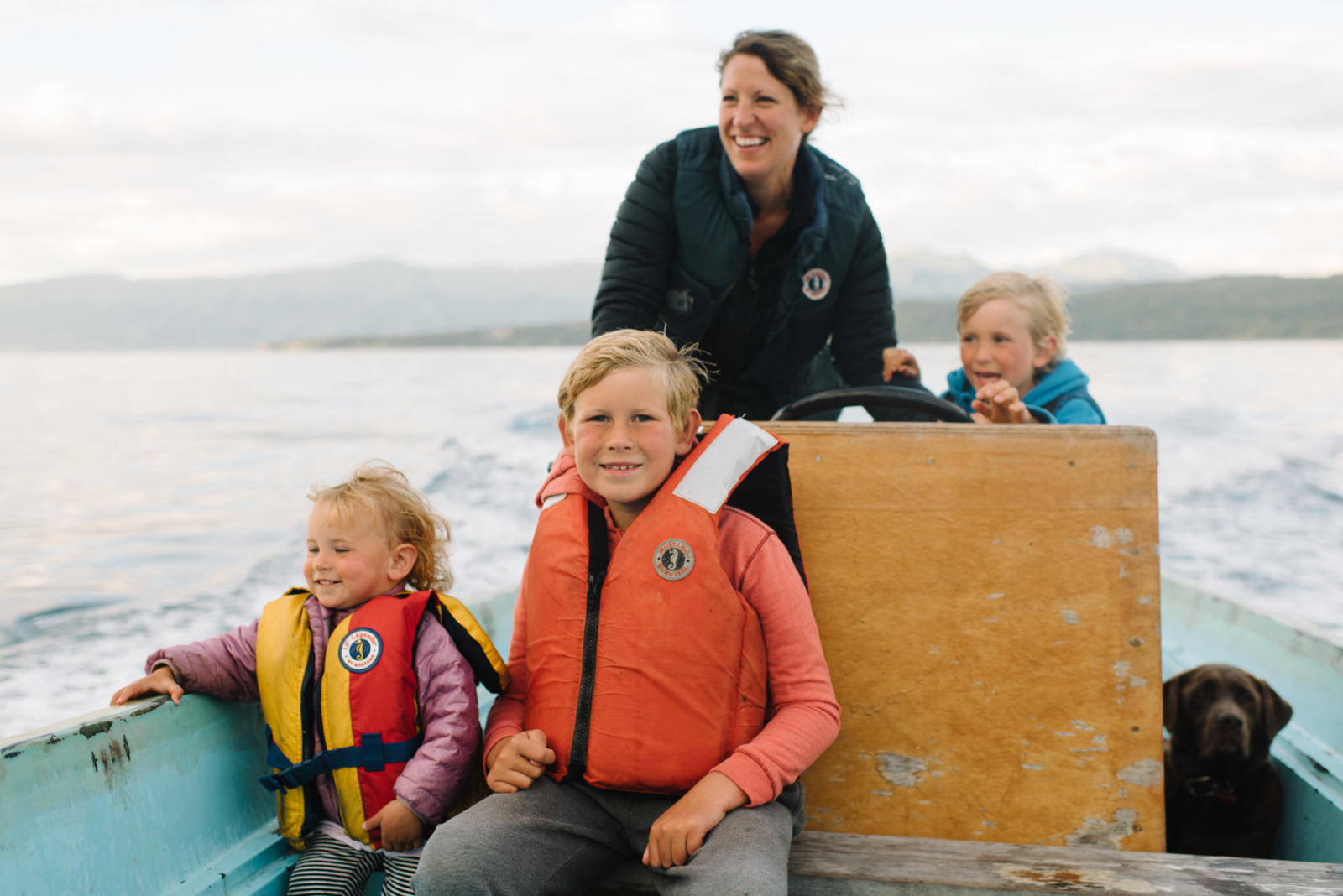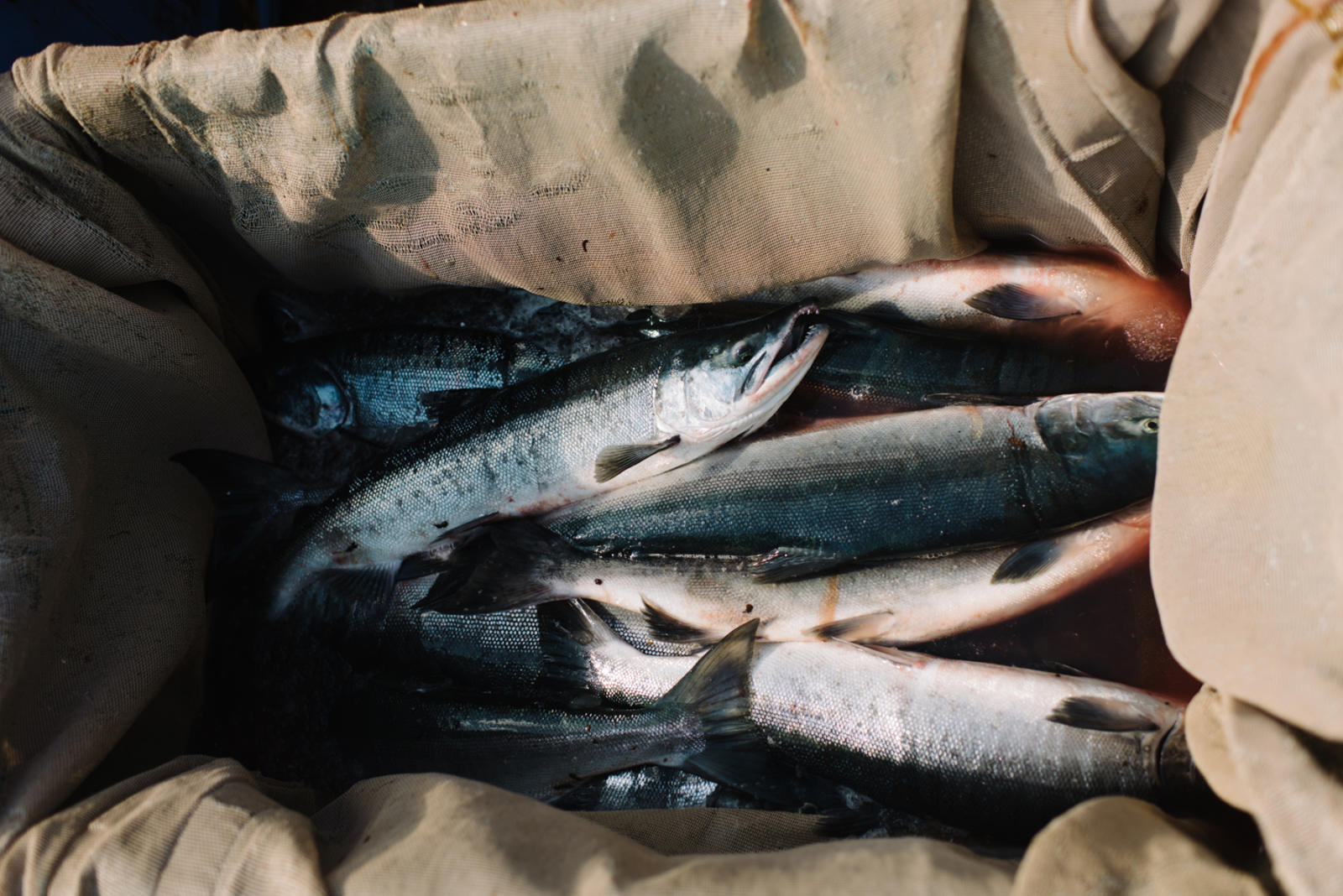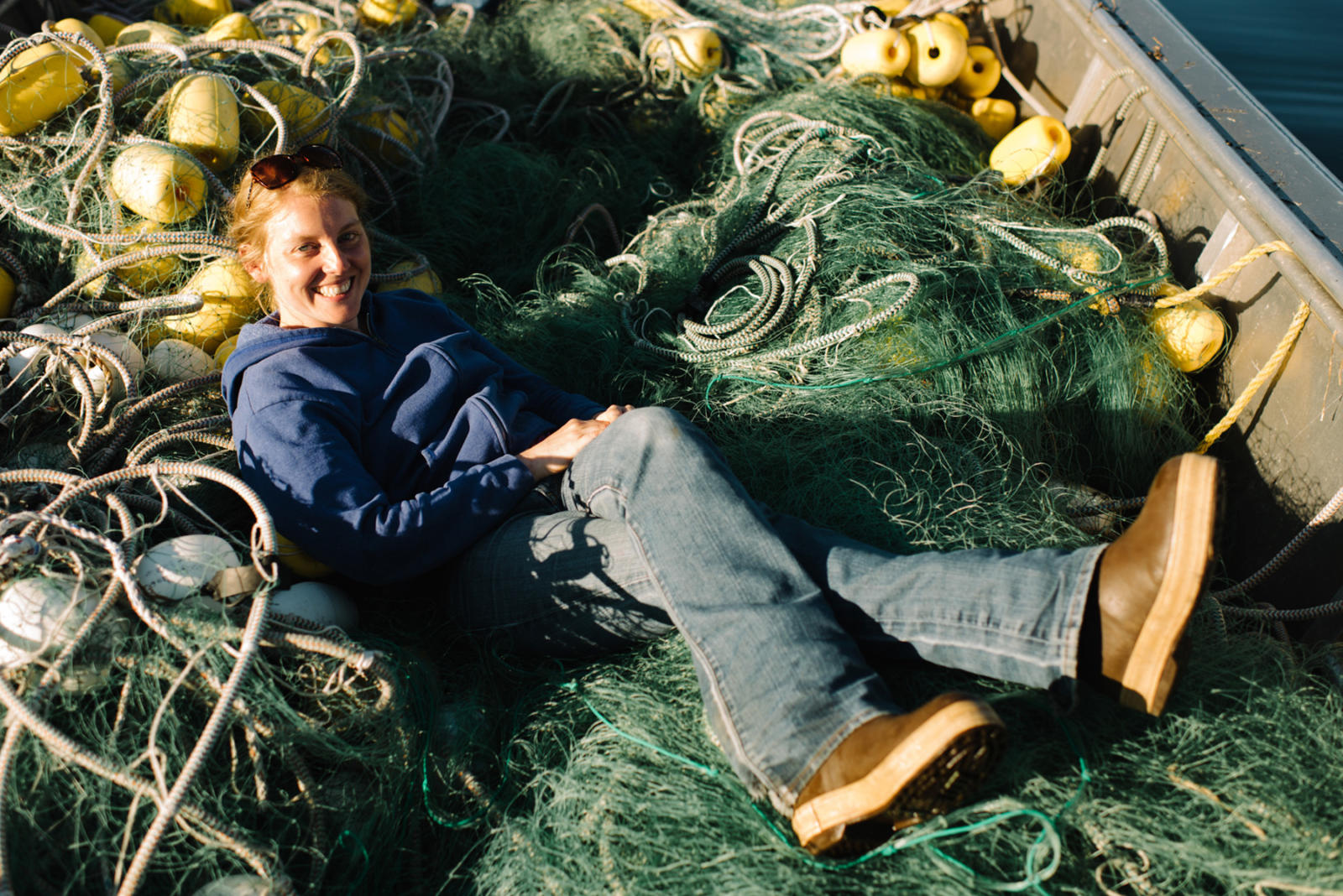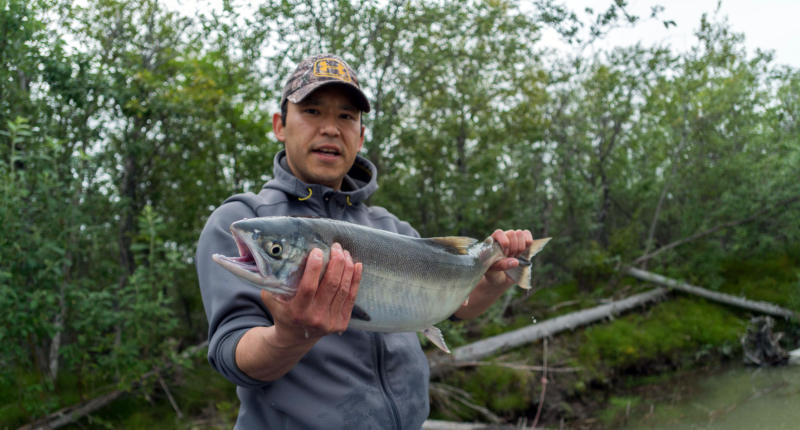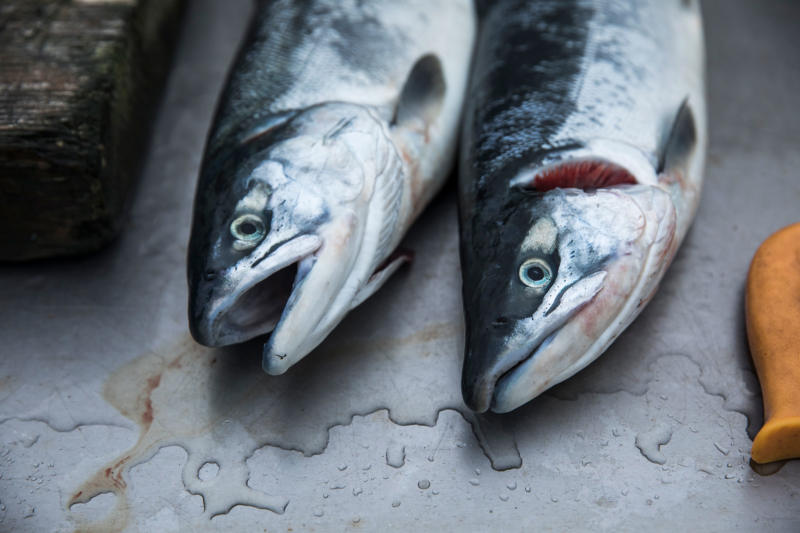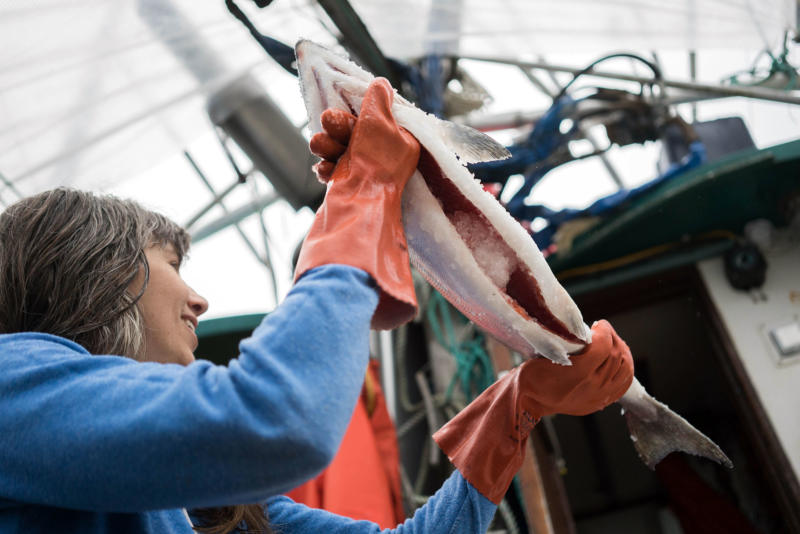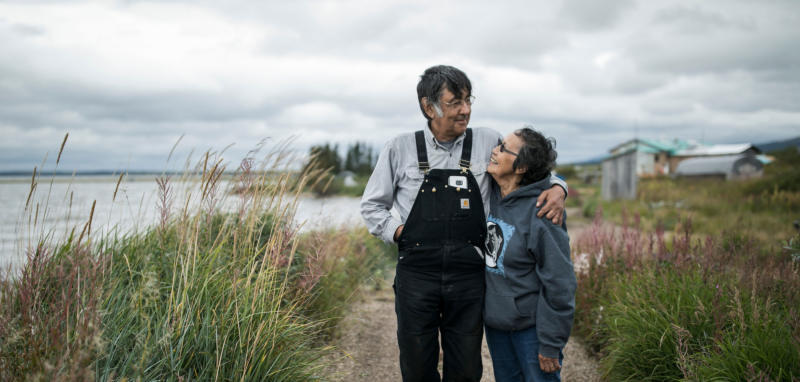To Joe on the Northern Brazil, to Joe on the Northern Brazil. Come to town to meet your new red-haired, blue-eyed girlfriend, read the newscaster over Kodiak’s KVOK radio station. It was the summer of 1982.
My father, Joe, was anchored in Uganik Bay on the west side of Kodiak Island, waiting for the salmon strike to settle and waiting for his first child to be born. While he should have been pitching slippery reds into the fish hold, my mom was pushing a slippery redhead into existence. It’s a good thing the fleet wasn’t fishing: he motored to town to meet me. I’d like to think his first-born would win out over salmon, but I know of other summer-born children of fishermen who were not lucky enough to be born during a strike.
